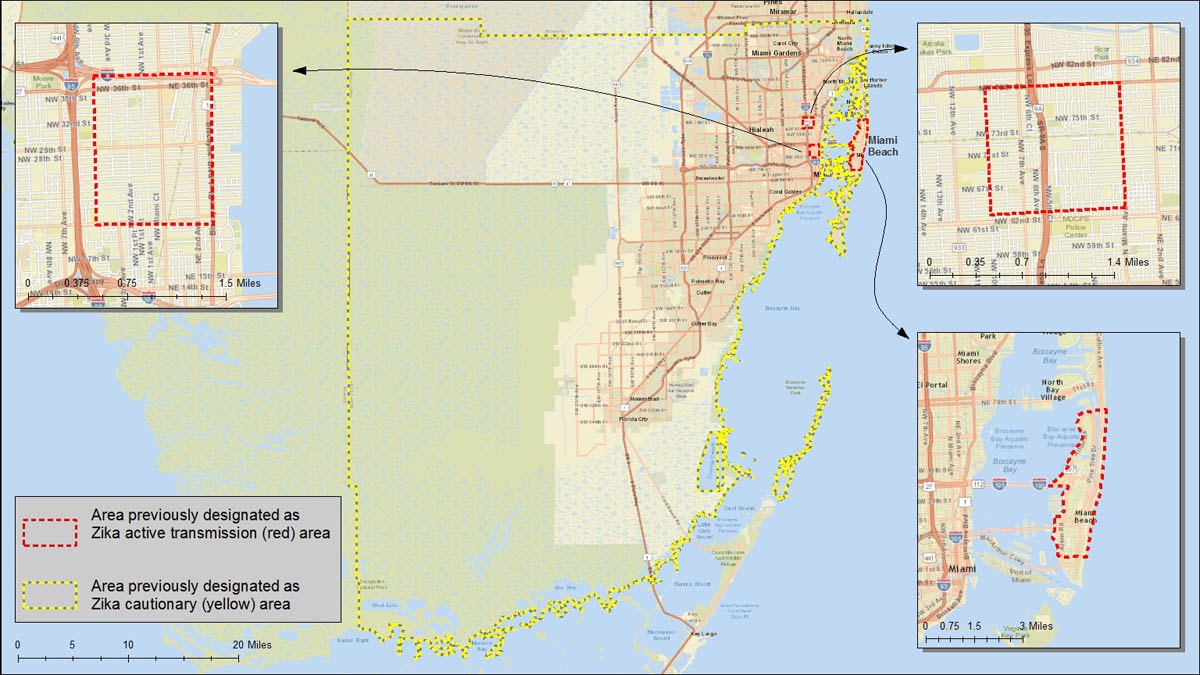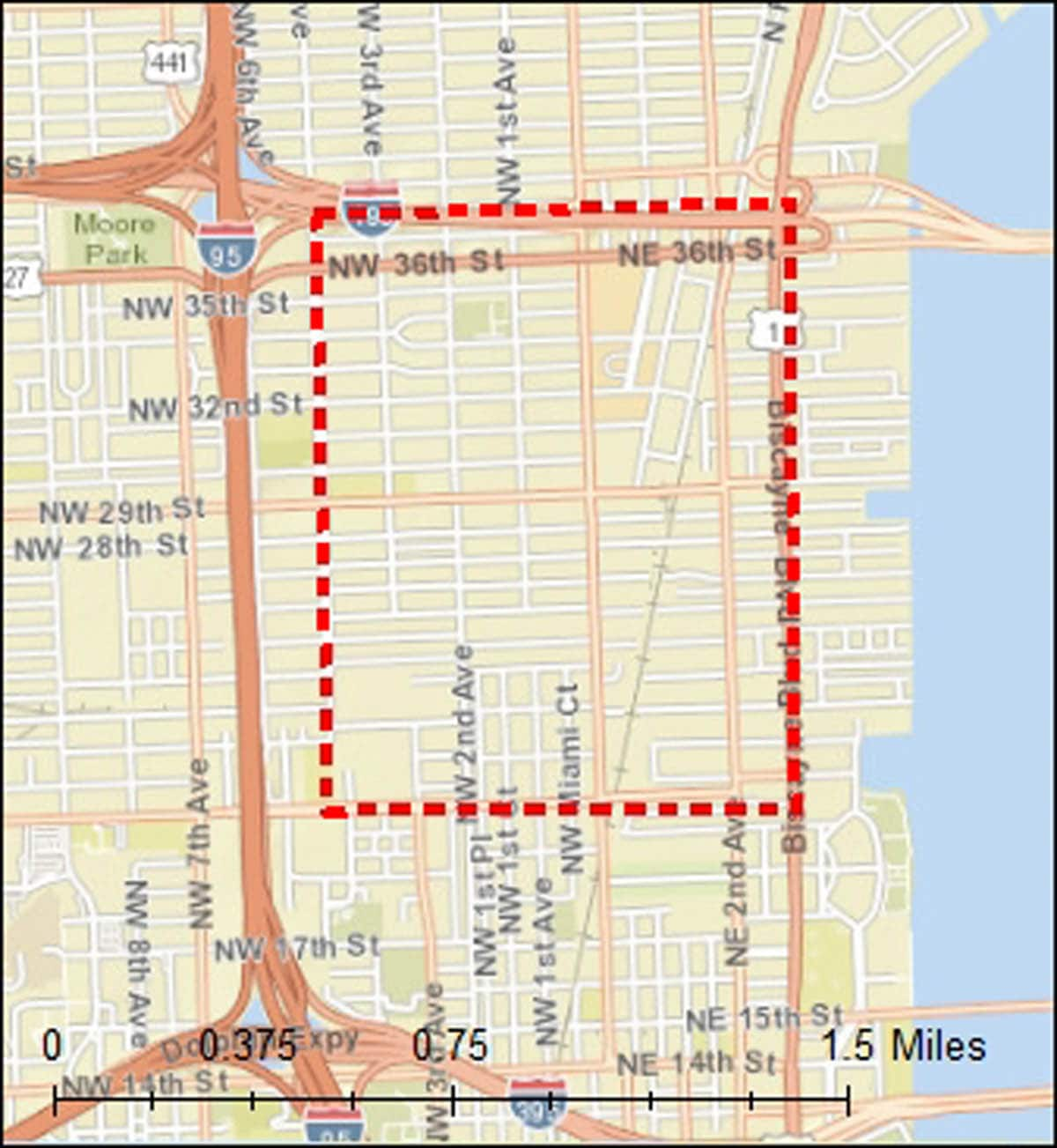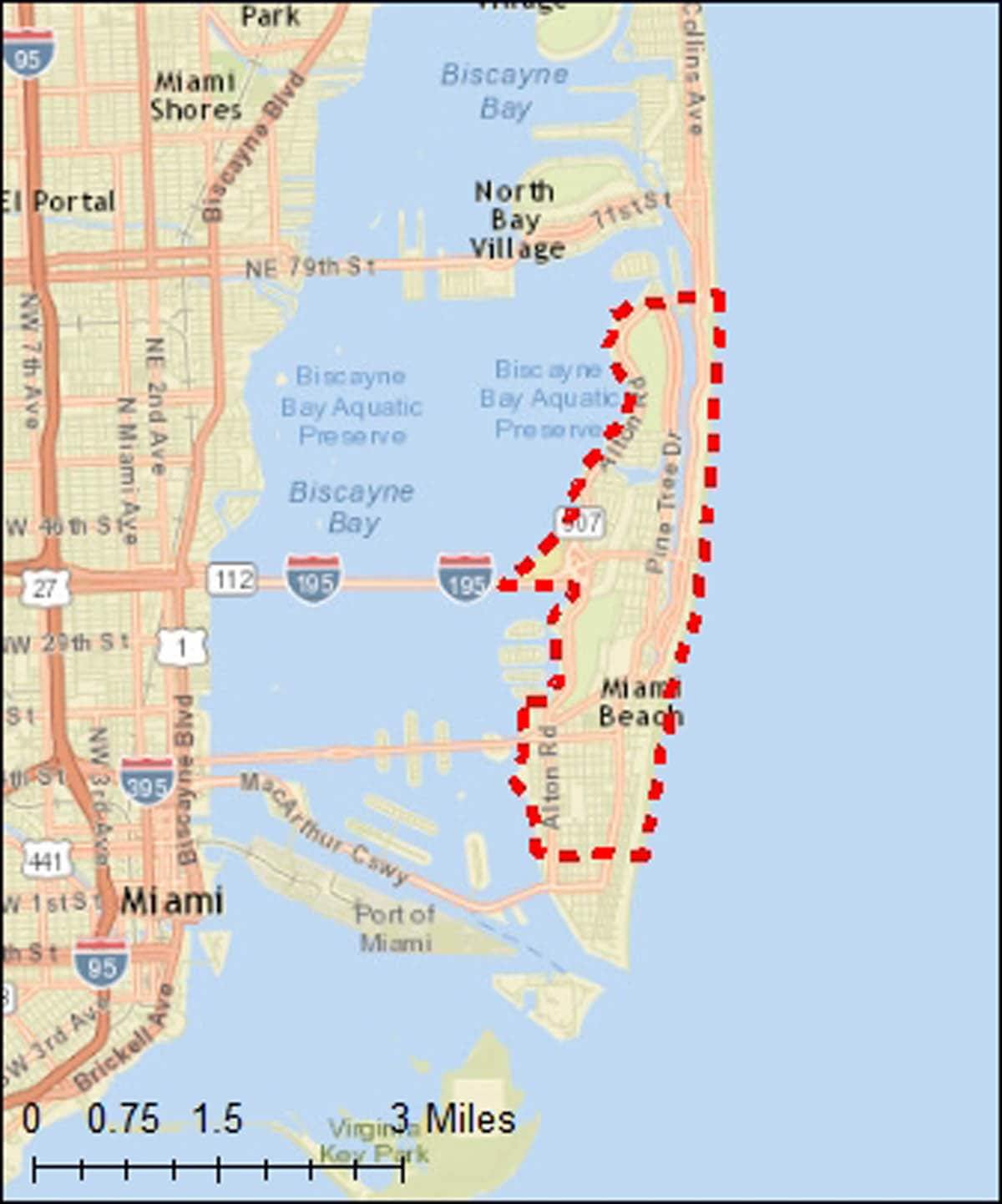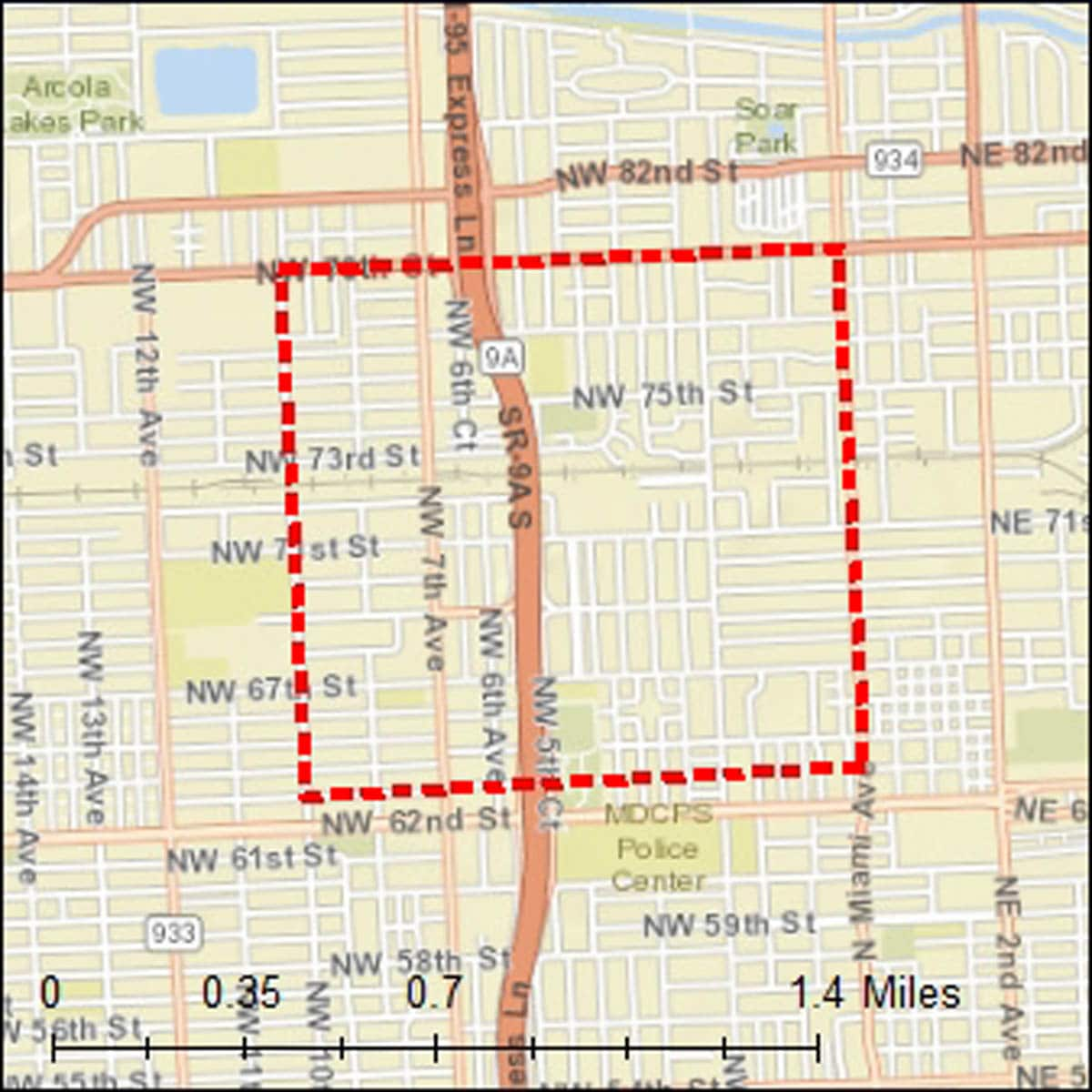Archive for October, 2016
October 20, 1944: Two liquid gas tanks explode in Cleveland, Ohio, killing 130 people and injuring 215 more.
Thursday, October 20th, 2016Zika Virus & South Florida Maps
Thursday, October 20th, 2016



| Distributed via the CDC Health Alert Network October 19, 2016, 1700 ET (5:00 PM ET) CDCHAN-00398 CDC Updates Guidance for Pregnant Women and Women and Men of Reproductive Age for Zika Virus Infection Related to the Ongoing Investigation of Local Mosquito-borne Zika Virus Transmission in Miami-Dade County, FloridaSummary The U.S. Centers for Disease Control and Prevention (CDC) previously issued travel, testing, and other guidance related to areas of active Zika virus transmission in Florida. Because local transmission of Zika virus continues to be reported in Miami-Dade County, CDC is strengthening travel recommendations for pregnant women to Miami-Dade County and also reinforcing recommendations for use of protective measures to prevent exposure to Zika. CDC is updating recommendations to emphasize testing for pregnant women with an epidemiologic link to Miami-Dade County. An epidemiologic link means that they lived in, traveled to, or had unprotected sex with someone who lived in or traveled to, the designated area. In addition, CDC has made specific recommendations for areas of identified active transmission. The Florida Department of Health (FL DOH) has identified a new area where local, state, and CDC officials have determined that the intensity of Zika virus transmission presents a significant risk to pregnant women in a designated one-square-mile area located in Miami-Dade County (NW 79th St. to the north, NW 63rd St. to the south, NW 10th Ave. to the west and N. Miami Ave. to the east).
Because the incubation period for Zika virus infection is up to two weeks and many people infected with Zika virus will not have symptoms or will only have mild symptoms, investigating cases may take several weeks. Data collected during the ongoing investigation indicate the period of time since August 1 represents the timeframe with the highest transmission in Miami-Dade County. FL DOH and CDC continue to work together on this ongoing investigation to learn more about active Zika virus transmission in Miami-Dade County. CDC will update these recommendations as more information becomes available. Healthcare providers should visit CDC’s Zika website (http://www.cdc.gov/zika/) frequently for the most up-to-date recommendations. Recommendations Red and Yellow Area Designation
Currently, a 4.5-square-mile area of Miami Beach and one-square-mile area in Little River located in Miami-Dade County (http//www.cdc.gov/zika/intheus/florida-update.html) are red areas and the rest of Miami-Dade County is a yellow area. Because this investigation is ongoing and the designation of areas is likely to change over time, please frequently check the website (http//www.cdc.gov/zika/intheus/florida-update.html) for the most up-to-date designation of red and yellow areas. Recommendations for Miami-Dade County Travel Recommendations for Pregnant Women
Testing Recommendations for Pregnant Women
Protective Measures Recommendations for Pregnant Women
Women and Men Who are Planning to Conceive
Additional Recommendations Background For pregnant women who report clinical illness consistent with Zika virus disease (symptomatic pregnant women), CDC’s testing recommendations are the same for those with ongoing risk and those with limited risk for possible Zika virus exposure. Symptomatic pregnant women who are evaluated less than two weeks after symptom onset should receive serum and urine Zika virus RNA nucleic acid test (NAT) testing. Symptomatic pregnant women who are evaluated 2 to 12 weeks after symptom onset should first receive a Zika virus immunoglobulin (Ig) M antibody test; if the IgM antibody test result is positive or equivocal (unclear), serum and urine RNA NAT testing should be performed. If the RNA NAT result is negative, a positive or equivocal (unclear) Zika virus IgM antibody test result should be followed by plaque reduction neutralization testing (PRNT). Interpretation of serologic results has been described (http://www.cdc.gov/mmwr/volumes/65/wr/mm6521e1.htm). Testing recommendations for pregnant women with possible Zika virus exposure who do not report clinical illness consistent with Zika virus disease (asymptomatic pregnant women) differ based on the circumstances of possible exposure. For asymptomatic pregnant women with ongoing risk for possible exposure who are evaluated less than two weeks after last possible exposure, RNA NAT testing should be performed. If the RNA NAT result is negative, a Zika virus IgM antibody test should be performed 2 to 12 weeks after the exposure. Asymptomatic pregnant women with limited risk for possible exposure who are first evaluated 2 to 12 weeks after their last possible exposure should first receive a Zika virus IgM antibody test; if the IgM antibody test result is positive or equivocal (unclear), serum and urine RNA NAT should be performed. Asymptomatic pregnant women with ongoing risk for possible exposure to Zika virus should receive Zika virus IgM antibody testing as part of routine obstetric care during the first and second trimesters; immediate RNA NAT testing should be performed when IgM antibody test results are positive or equivocal (unclear). Further information on the interpretation of laboratory test results and clinical management of pregnant women with laboratory evidence of possible Zika virus infection are available below. For More Information
|
Super Typhoon Haima hits the Philippines; tens of thousands evacuated
Wednesday, October 19th, 2016Typhoon Sarika: Nearly half a million people, including fishermen and residents in low-lying areas and unsafe houses in Hainan, have been evacuated as of Tuesday afternoon.
Wednesday, October 19th, 2016Haiti After Matthew: 6 caves sheltering 550 people
Tuesday, October 18th, 2016“….For four days and nights, they huddled in its womb before emerging, frightened the hurricane might return. They slept on a floor of stacked boulders near the cave’s mouth, lighting small fires for warmth and light…..”
What to do and what not to do in Haiti….
Tuesday, October 18th, 2016“….When UN Secretary-General Ban Ki-moon touched down in Haiti Saturday for a one-day visit, he faced two immediate challenges and one longer-term dilemma.
First…..generate more international aid.
Second……allay the frustrations of local Haitians, who complain of a slow emergency response……..
His long-term challenge, however, may be his toughest – and one he shares with other public and private aid groups: How to help Haiti rebuild while avoiding the pitfalls that have dogged the international development push in the wake of a devastating 2010 earthquake. Billions of dollars were spent and yet, six years later, many Haitians were still living in tents……..”
Compressing the Zones of Care: An integrated active shooter response
Monday, October 17th, 2016Compressing the Zones of Care
The Hartford Consensus recommends that an integrated active shooter response should include the critical actions contained in the acronym THREAT:
- Threat suppression
- Hemorrhage control
- Rapid Extrication to safety
- Assessment by medical providers
- Transport to definitive care
A key component of the Hartford Consensus is this:
In the immediate aftermath of a mass casualty event, some lives may be lost through caution. The standard approach has been to cordon off the zone of casualties, a wide “hot zone,” until it’s been ensured that all threats are suppressed. The Hartford Consensus suggested that the plan be modified to allow earlier access to victims outside the real hot zone, the location of the active shooter, or a possible bomb. Thus, agreement on new systems of integration and coordination between law enforcement and other teams of responders is needed to ensure the mutual understanding and sequencing of roles.*
By compressing the “hot zone” with the two other zones of care, the “warm zone” and the “cold zone,” less time is lost and more time is made available to begin bleeding control techniques so that more lives are saved (see diagram below).
—
*Source: The Hartford Consensus. Improving Survival Strategies to Enhance Survival in Active Shooter and Intentional Mass Casualty Events:A Compendium. Published by American College of Surgeons, September 2015.
https://www.facs.org/~/media/files/publications/bulletin/hartford%20consensus%20compendium.ashx. Retrieved July 25, 2016.







